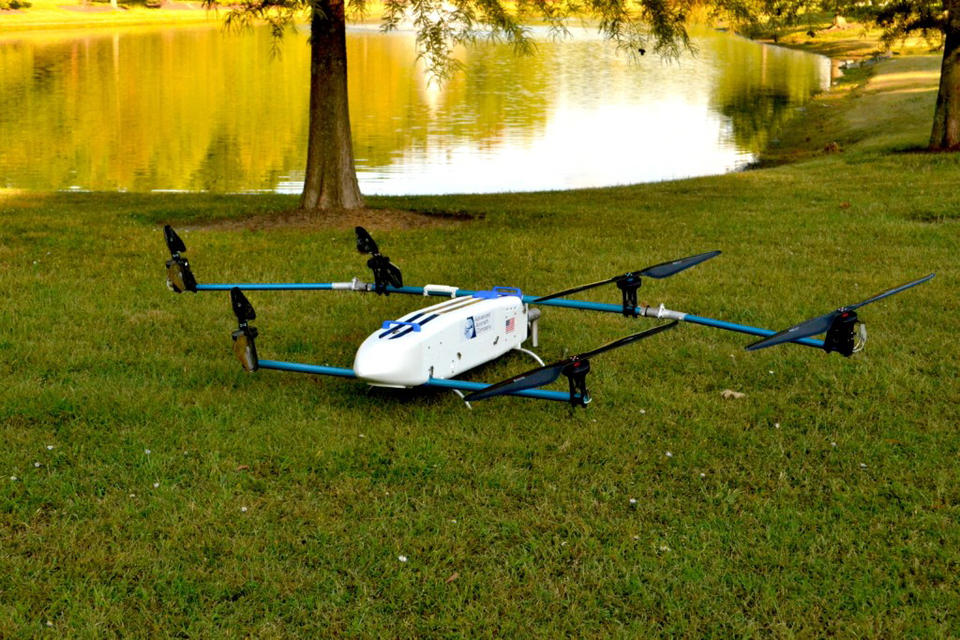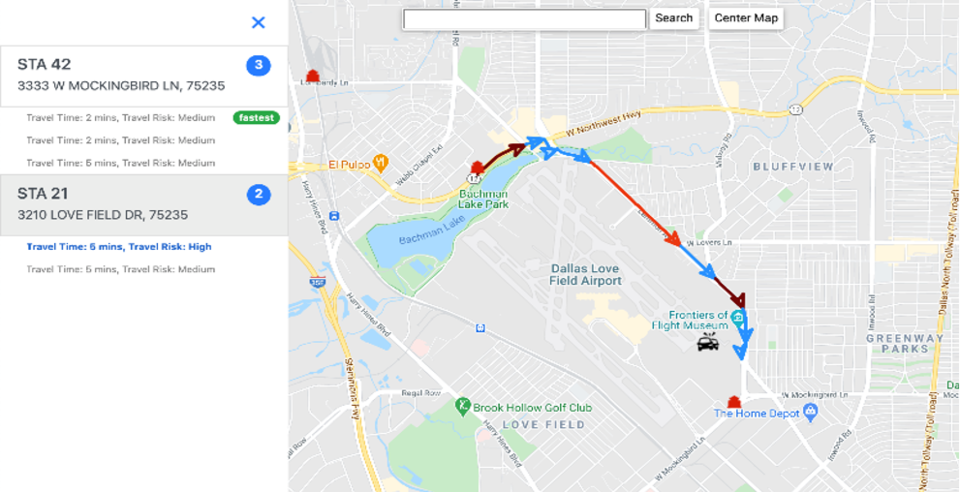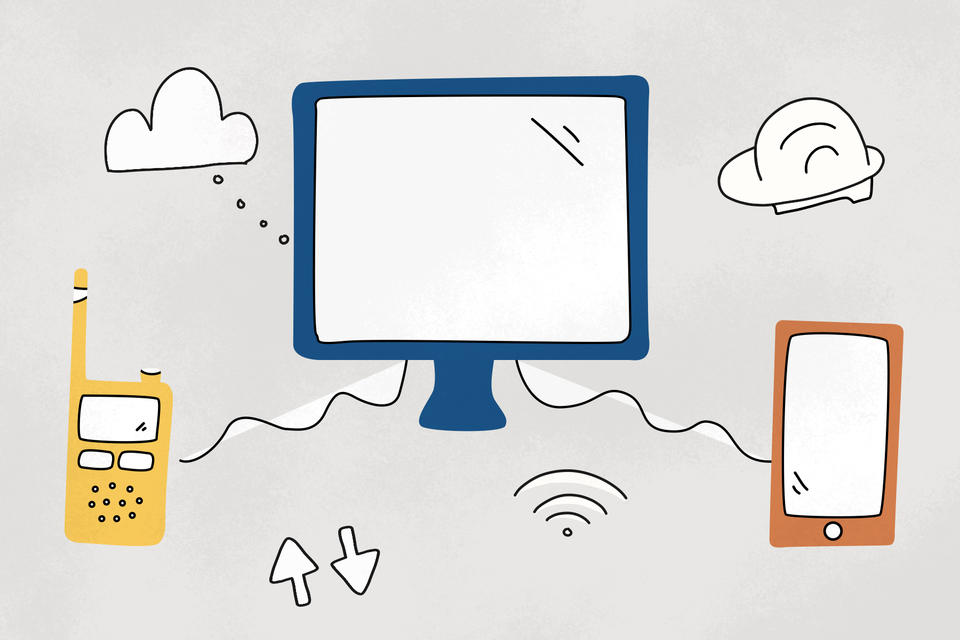From technology development to prize challenges and engagement across the country, 2021 was an immensely productive year for NIST's Public Safety Communications Research Division (PSCR). PSCR would like to thank the stakeholders and readers that have engaged with the program in person and online. As we look to the year ahead, we've also reflected on some highlights from 2021—and invite you to do the same. What follows are PSCR's top five, most clicked articles from 2021.

5. PSCR Awards $8M for First Responder 3D Indoor Tracking Prize
Common location tracking software, like the Global Navigation Satellite System (GPS), do not function as well indoors because the signals that are so easily transmitted outside are reduced significantly inside a building where concrete and other materials disrupt the data from being sent and received. Having accurate indoor position information for public safety could improve the effectiveness of response and increase knowledge of first responder whereabouts during an emergency. Working to solve this difficult problem, the Crisis Technologies Innovation Lab at Indiana University’s Pervasive Technology Institute was awarded $8 million from NIST PSCR to develop indoor localization technologies that support first responders in a variety of mission types through the Public Safety Innovation Accelerator Program (PSIAP) First Responder 3D Indoor Tracking (FR3D) Prize.

4. NIST Announces Top 4 Winners in the National First Responder UAS Endurance Challenge
One of the barriers for the public safety community is not having access to an unmanned aircraft system (UAS) that can fly for long periods of time, 90 minutes or longer, while carrying a heavy payload. PSCR is exploring ways to optimize drones for increased flight endurance while making them more efficient and flexible for use by public safety workers. Four contestants won the challenge by successfully evaluating design trade-offs of UAS capabilities, such as vertical takeoff and landing (VTOL), payload capacity, and energy source, with the goal of optimizing and improving flight time. Many of the contestants collaborated with their local first responder communities as well as public safety experts to ensure the relevancy and applicability of their proposed solution.

3. A Responder's Critical Path
We’ve all come to rely on the navigation apps on our mobile devices to steer our daily itineraries. These apps are incredibly accurate at planning your route—usually predicting your travel time within a few minutes of accuracy. In the public safety world, minutes—even seconds—can make all the difference. NIST PSCR’s funded project from Southern Methodist University aims to create a tailored-to-public safety navigational platform to support the efficient and safe dispatch of personnel for emergency response. This project intends to surpass capabilities of typical navigation apps by seeking to predict impediments to emergency response like weather, floods, traffic patterns, and response resource availability.

2. Low-Cost NIST Demo Links Public Safety Radios to Broadband Wireless Network
The engineers at NIST have built a low-cost computer system prototype that connects analog Land Mobile Radio (LMR) handsets and towers with a Long-Term Evolution (LTE) — the most widespread wireless communications standard — server that handles operations inside a broadband network, showing how first responders might easily take advantage of broadband technology offering voice, text, instant messages, video and data capabilities. The LTE service NIST PSCR is focusing on is known as Mission Critical Push-to-Talk, which refers to essential aspects of public safety radios such as high availability and reliability, speaker identification, emergency calling, and clear audio quality.

1. NIST Prize Challenge Launches Research for Unmanned Aircraft in Search and Rescue
Named the First Responder Unmanned Aircraft Systems (UAS) Triple Challenge, this prize competition comprises three challenges with three different focus areas—all aimed at advancing UAS technology to support critical, lifesaving missions. NIST PSCR accepted contest entries beginning August 2, 2021, with multiple stages running through June 2022. The First Responder UAS Triple Challenge offers participants the unique opportunity to use their ingenuity and hardware-building expertise to meet public safety’s needs. The First Responder UAS Triple Challenge is currently accepting applicants for Stage 2.

